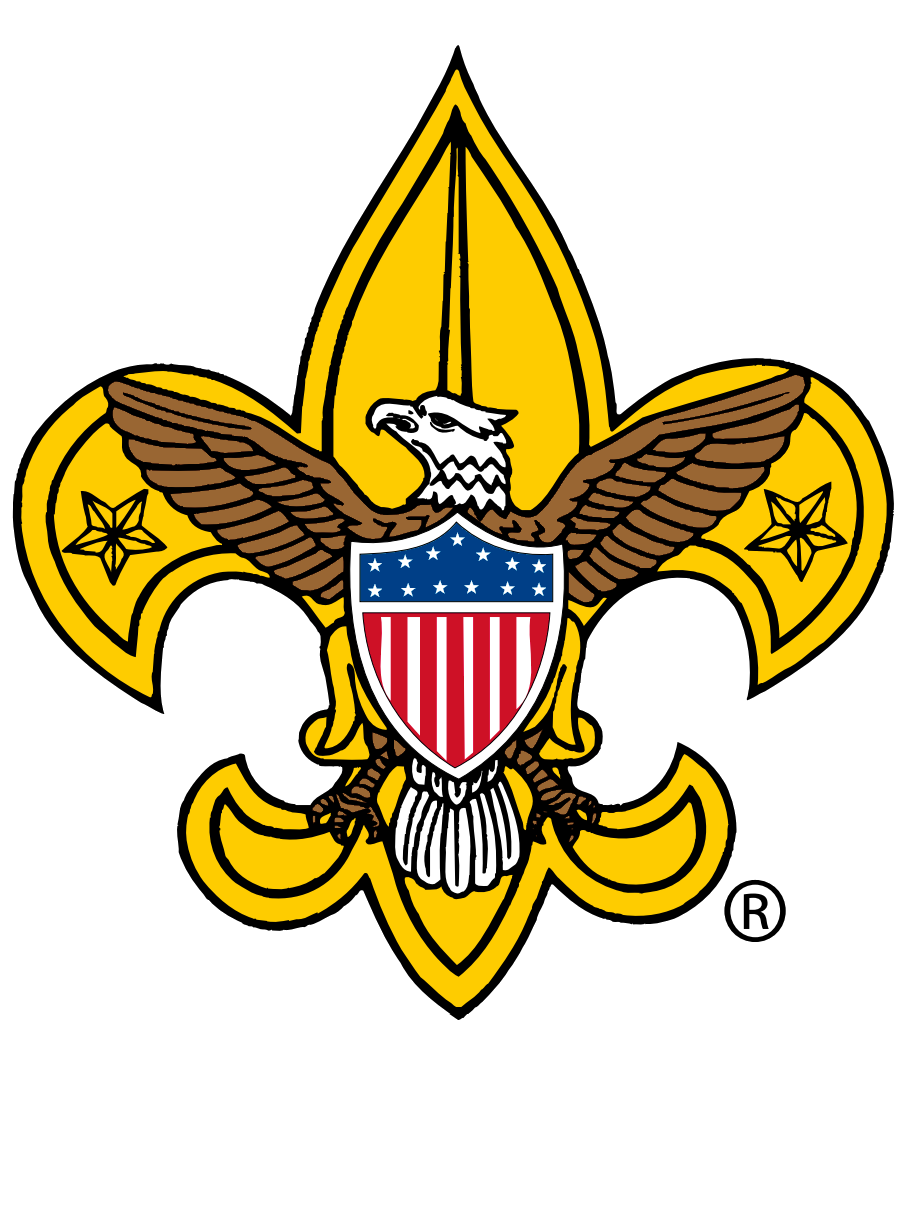Below are the following cooking related requirements that can be completed at home during a Troop Virtual Campout.
- TF-2A (assist with preparation)
- TF-2B (safe cleaning)
- SC-2E (plan according to MyPlate guidelines & cook a breakfast or lunch)
- FC-2A (plan according to MyPlate guidelines a breakfast, lunch and dinner that requires cooking at least two of the meals)
- FC-2B (budget)
- FC-2C (cooking gear)
- FC-2D (safe handling, storage, disposal)
- FC-2E (cook the meals, supervise cleanup)
You should discuss your menu with your parent(s) to make sure it is feasible for your family. For example, Beef Wellington may be too challenging. It will be a good idea to learn to cook meals that you personally enjoy eating so that you will know how to cook it for yourself in the future.
Here are the steps:
- Read all the FCT requirements listed above in detail
- Send your PASM a menu of 4 meals (Saturday Breakfast, Saturday Lunch, Saturday Dinner and Sun breakfast) and one hearty snack. Design the 4 meals so that 3 of them will be cooked. The snack is not listed as a requirement but it is always necessary on a campout. Often you will come back to our campsite starved after doing an outdoor activity. Each meal must adhere to the MyPlate Nutritional Guidelines – include a protein, carbohydrates, and a side dish portion of a vegetable or fruit. It can also include dairy as a protein. Note: “side dish portion of a vegetable” means more than 1 leaf of lettuce on a hamburger.
- You may also want to include a dessert for Saturday. The dessert can be a gooey peach cobbler, decadent bananas foster, tempting baked cookies, refreshing Jello, or something simple like fruit, Oreos, ice cream, S’mores, etc. This is optional but it does enhance the meal experience for your guests. Feeding people can be much more than just providing food. Providing good food AND a good experience can build great scouting memories for your patrol.
- After your PASM approves your menu, you can develop a shopping list. The list should be detailed enough so that you can give it to someone to shop for you. Include specific quantities such as 2 tomatoes, 1 dozen eggs, 1 pack of spaghetti noodles (16 oz), 1 pound of ground beef, 1 pack of bacon, 1 bag of Caesar Salad mix, 1 loaf of bread, 1 bottle of vanilla extract, etc.
- After you list all the items to purchase, go onto one of the local grocery websites (HEB, Krogers, etc.) and find out how much each item will cost. For each campout, the Grubmaster traditionally collects $15 cash from each person in the patrol who is planning to eat at the campout (FCT Scout, Troop Guide, PASM). Thus, try to spend about $15 per person. If you plan to feed your family of 4, you should spend around 4 x $15 = $60. If you go over $15 per person on an in-person campout, it’s ok but you may have to be prepared to personally cover the difference. You will not have to purchase or budget for oil, salt, pepper, seasonings because they are in our Patrol’s Action Packer (the plastic bin full of cooking gear and cleaning supplies). If you already have an ingredient such as milk at your house, include the item on your shopping list, budget for it, but do not actually purchase it.
- Go shopping and save the receipt to finalize your actual budget.
- Take photos and/or short videos of EACH meal: prepping, cooking, the final meal on a plate, and cleanup. YOU MUST DO THIS FOR EACH MEAL to receive full credit. Send your PASM the photos/videos all together after the campout ends. If you send them to them during the campout, they might lose track of it.
- While eating each meal, ask for feedback from your family.
- When it comes to cleaning, you don’t have to personally clean everything yourself. But according to the FC-2E requirement, you must SUPERVISE the cleaning. To simulate cleaning at an in-person campout, help your patrol ‘assistants’ (family members) set up and use the 3-pot method (read page 308 in your Scout Handbook). Your dishwasher can function as the final sterilization pot.
